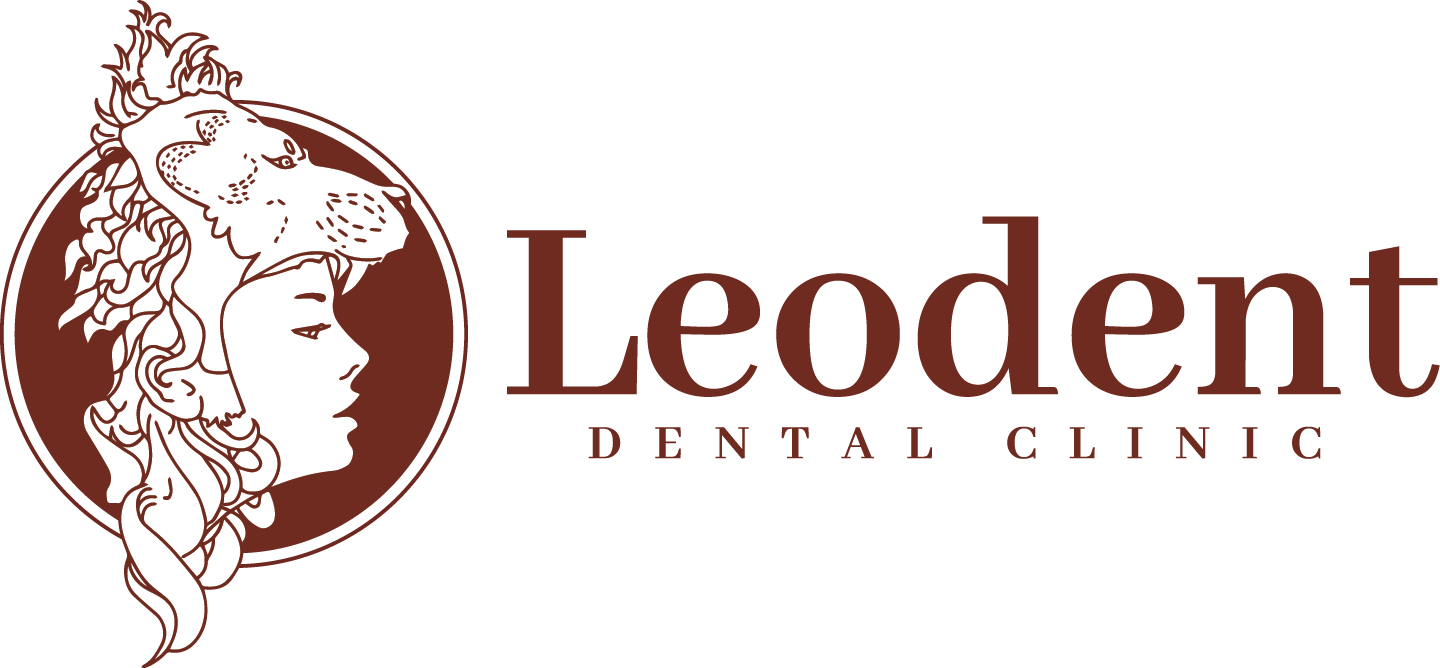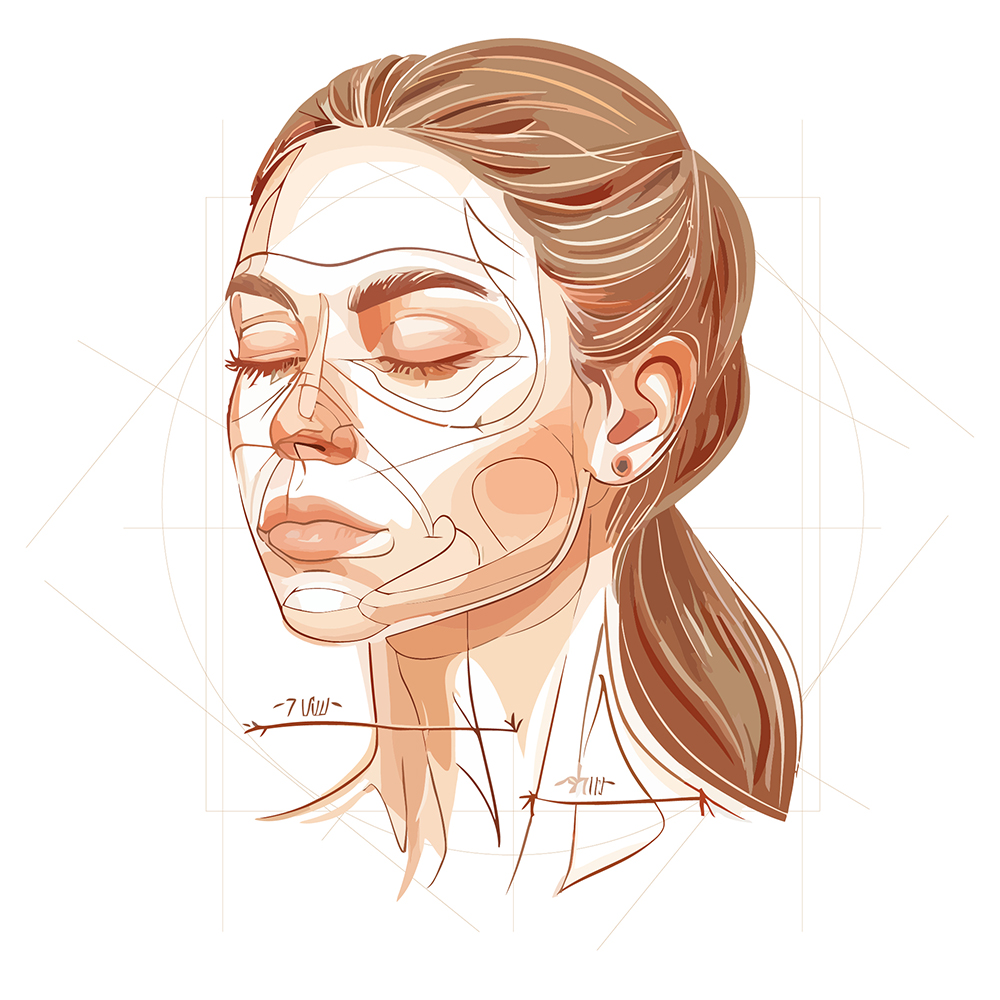Oral, Dental and Maxillofacial Surgery
Oral, dental and maxillofacial surgery is one of the specialities of dentistry, which includes surgical interventions in diagnosis and treatment processes. In this field, all surgical procedures related to teeth as well as the treatment of pathologies occurring in the face and jaw area are also performed.
Today, the application area of jaw surgery has expanded considerably. Among the main applications cyst operations on the jaw bone, extraction of impacted wisdom teeth, treatment of intraoral soft tisseu liesons, temporomandibular joint disorders, jaw fractures and surgery of introral tumors takes place. These procedures are planned and carefully performed by specialised physicians.
What to expect after surgery?
Thanks to modern surgical techniques, pain, swelling and bleeding after the procedure are minimal. The healing process usually proceeds smoothly with the use of appropriate medication, cold application and attention to oral hygiene. The process is completed in a controlled manner with special care recommendations for each patient.
Technological Support and Application Conditions
One of the most important factors affecting success in oral, dental and maxillofacial surgery is the technology used. Current imaging systems, laser-assisted devices and surgical equipment shorten the procedure time and increase patient comfort. Applying as little trauma to the tissues as possible during the application contributes positively to the healing process.
What are Oral, Dental and Maxillofacial Surgery Applications?
Tooth Extraction
Extraction may be required for caries, fracture, periodontal disease or orthodontic reasons. In surgical extractions, the procedure is performed by preserving soft tissue and bone.
Wisdom Teeth Operations
Wisdom teeth that do not adapt to the jaw structure or are impacted are surgically removed to prevent damage to surrounding tissues.
Implant Surgery
Instead of missing teeth, fixed prosthesis is applied with titanium implants placed in the jawbone. This method, which mimics the natural tooth structure, offers aesthetically and functionally successful results.
Cyst and Tumour Surgery
Cystic or tumoural formations that develop in the jaw bone or soft tissues are surgically removed after radiological evaluation.
Orthognathic Surgery
This method, which is applied to correct the incompatibilities between the jaw bones, is planned together with orthodontics in solving skeletal problems.
Joint Treatments
Surgical interventions may be required when conservative treatments are insufficient in complaints such as pain, limited opening or noise in the jaw joint.
Periodontal Surgeries
In the treatment of advanced gum diseases, gum shaping, flap operations and grafting procedures are applied.
Oral, Dental and Maxillofacial Surgery
Oral, dental and maxillofacial surgery is one of the specialities of dentistry, which includes surgical interventions in diagnosis and treatment processes. In this field, all surgical procedures related to teeth as well as the treatment of pathologies occurring in the face and jaw area are also performed.
Today, the application area of jaw surgery has expanded considerably. Among the main applications cyst operations on the jaw bone, extraction of impacted wisdom teeth, treatment of intraoral soft tisseu liesons, temporomandibular joint disorders, jaw fractures and surgery of introral tumors takes place. These procedures are planned and carefully performed by specialised physicians.
What to expect after surgery?
Thanks to modern surgical techniques, pain, swelling and bleeding after the procedure are minimal. The healing process usually proceeds smoothly with the use of appropriate medication, cold application and attention to oral hygiene. The process is completed in a controlled manner with special care recommendations for each patient.
Technological Support and Application Conditions
One of the most important factors affecting success in oral, dental and maxillofacial surgery is the technology used. Current imaging systems, laser-assisted devices and surgical equipment shorten the procedure time and increase patient comfort. Applying as little trauma to the tissues as possible during the application contributes positively to the healing process.
What are Oral, Dental and Maxillofacial Surgery Applications?
Tooth Extraction
Extraction may be required for caries, fracture, periodontal disease or orthodontic reasons. In surgical extractions, the procedure is performed by preserving soft tissue and bone.
Wisdom Teeth Operations
Wisdom teeth that do not adapt to the jaw structure or are impacted are surgically removed to prevent damage to surrounding tissues.
Implant Surgery
Instead of missing teeth, fixed prosthesis is applied with titanium implants placed in the jawbone. This method, which mimics the natural tooth structure, offers aesthetically and functionally successful results.
Cyst and Tumour Surgery
Cystic or tumoural formations that develop in the jaw bone or soft tissues are surgically removed after radiological evaluation.
Orthognathic Surgery
This method, which is applied to correct the incompatibilities between the jaw bones, is planned together with orthodontics in solving skeletal problems.
Joint Treatments
Surgical interventions may be required when conservative treatments are insufficient in complaints such as pain, limited opening or noise in the jaw joint.
Periodontal Surgeries
In the treatment of advanced gum diseases, gum shaping, flap operations and grafting procedures are applied.


